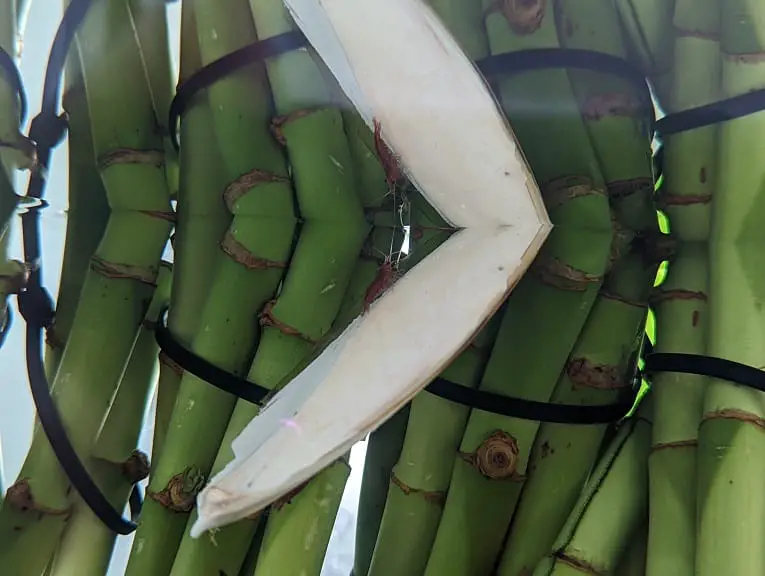Cherry Shrimps, also known as Neocaridina Shrimps, come in many color variations. So, can you mix different colors of these inverts together in the same tank?
You can find out in this article at Aquarium Blueprints.
Quick Summary
You are able to mix many different Cherry Shrimps together as long as they are from Neocaridina davidi species.
If your rainbow or skittle shrimps start to breed with each other, then you may get unique color morphs as well as healthier offspring since you will be avoiding interbreeding.
With that said, your colorful shrimps will eventually become brown, dull or transparent due if you let the offspring interbreed with each other for many generations.
To prevent this reversion to the duller-looking wild type coloration, we recommend culling any undesirable-looking shrimp from the colony. You can also add more variations of the Cherry Shrimps as doing so should help keep your colony more colorful.
What Cherry Shrimps can be mixed together?
When it comes to breeding, your mixed Cherry Shrimps are able to mate with each other as long as they are part of the Neocaridina davidi species.
The compatible Cherry Shrimp variants include the following colors:
- Black
- Blue
- Chocolate
- Green
- Purple
- Red
- Rili
- White
- Violet
- Yellow

What are the pros of mixing different Cherry Shrimp colors?
One of the main reasons you may want consider keeping a rainbow or skittles shrimp tank is that it will look quite pleasant with having many different color variations living in your tank. With many unique looking shrimps, your tank will look like it is brimming with a lot of life and activity.
Once the Cherry Shrimps variants start to breed with each other, you will be able to see many unique color morphs as well. Some of the offspring may have more than a single color or pattern. If you selectively breed certain shrimps together, then you may end up creating a unique strain of your own.
Not to mention that future generations of your rainbow or skittles shrimp colony will have plenty of genetic diversity. As a result, they are less prone to suffering from genetic problems that come from interbreeding.
For the uninformed, Cherry Shrimps are interbred many times in order to achieve the bold coloration and unique patterns. The interbreeding has also led to less healthy shrimps that are more sensitive when compared to mixed Cherry Shrimps.
What are the cons of mixing different Cherry Shrimp colors?
The main reason you may want to avoid mixing Cherry Shrimps variations is that the offspring will eventually revert to the brown, dull or transparent coloration of their natural look. As a result, you will eventually lose all the bold colors in your colony.
Fortunately, you can avoid this phenomenon from happening by culling any non-colorful Cheery Shrimps from the colony, which prevents them from breeding with your more colorful inverts.
We also recommend adding several new shrimps to your colony every year. By doing so, you should be able to maintain some of the bold coloration and unique morphs of newer generations. Not to mention that your colony should become healthier due to the new genes being added.
If your Cherry Shrimps have stop breeding, then you can take a look at this troubleshooting article to see how you can get them to reproduce again.
